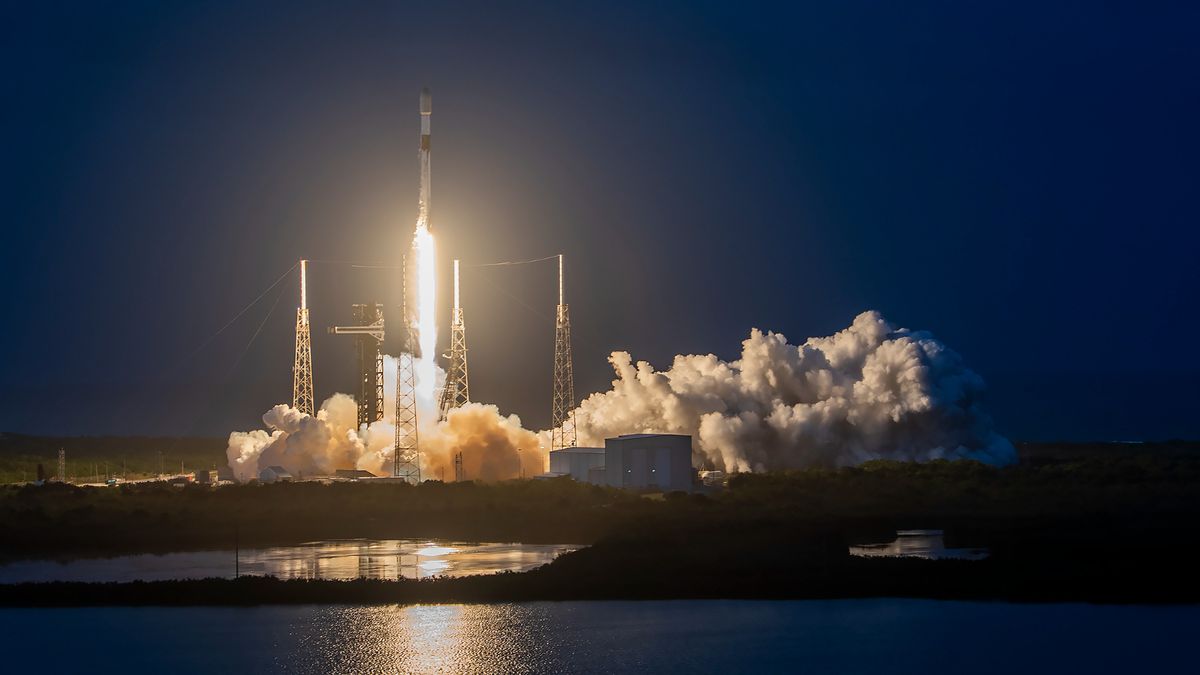SpaceX’s Starship Test Flight: A Milestone Toward Lunar Exploration
SpaceX’s recent Starship test flight achieved significant milestones, bringing NASA closer to its goal of landing astronauts on the moon. The successful flight from SpaceX’s Starbase site in South Texas marked a crucial step forward for the Artemis program, NASA’s initiative for lunar exploration.
Key Achievements
The test flight demonstrated Starship’s capabilities, including achieving orbital velocity and conducting a propellant-transfer demonstration in space. The latter is particularly important for future moon missions under the Artemis program. NASA praised SpaceX’s efforts but highlighted that further analysis of the data is necessary to evaluate the flight’s success.
Lisa Watson-Morgan, NASA’s human landing systems (HLS) program manager, emphasized the importance of pushing the boundaries with each test flight to inform future mission development. The ability to test key systems enables both NASA and SpaceX to gather essential data for the continued progress of the Starship HLS.
Fuel Transfer in Space
One of the significant objectives of the test flight was the transfer of fuel between Starship’s tanks in space. Engineers are reviewing the data to assess the operation’s efficiency and its impact on Starship’s stability. The cryogenic fuel must support the restart of Starship’s Raptor engines in orbit.
While the test flight encountered challenges with vehicle roll rates during the coast phase, SpaceX remains committed to rapid progress. Further test flights with other Starship prototypes are planned in the coming months to refine the vehicle’s capabilities.
Challenges and Progress
Despite the successes achieved, NASA has emphasized the need for continued advancement and repeated successes before crewed missions are undertaken. Delays in the Artemis 3 mission launch to September 2026 were partly attributed to the pace of Starship’s development and technical issues with other spacecraft components.
In addition to SpaceX, Blue Origin has also been selected by NASA for crewed lunar-landing services. Initially chosen as the sole winner for HLS contracts, SpaceX faced competition protests and subsequent directives to include additional vendors. The collaboration between NASA and commercial partners highlights the complexities and advancements in modern space exploration.
Overall, the recent Starship test flight marks a significant step forward in the journey towards lunar exploration and highlights the collaborative efforts between government agencies and private enterprises.
Image/Photo credit: source url





